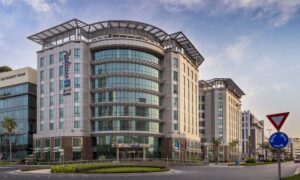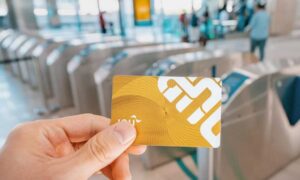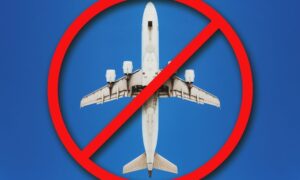In the bustling emirate of Ajman, where life moves at a brisk pace, the recent announcement of new taxi fares has captured the attention of commuters and residents alike. With fuel prices on a relentless upward trajectory for the past three months, the Ajman Transport Authority has decided to recalibrate taxi rates to reflect the economic realities. This comprehensive guide delves into the intricacies of these adjustments and their far-reaching implications.
Ajman’s Taxi Fare Adjustment: A Closer Look
As the headline-grabbing news hits the streets, let’s dive into the details of Ajman’s taxi fare adjustments:
The Fare Hike – Dh1.90 per Kilometre
At the heart of the matter lies the new cab fare set at Dh1.90 per kilometre for this month, signifying a 6-fil increase from the previous rate of Dh1.84 in August. This upward shift in pricing marks a noteworthy change in the commuting landscape.
Fuel Price Surge
Understanding the rationale behind these fare alterations requires a closer examination of fuel prices in the emirate:
Super 98 Petrol
Super 98 petrol, a motorist’s go-to choice, now costs Dh3.42 per litre. This figure is a significant jump from the Dh3.14 recorded just a month earlier in August. The rise in Super 98 petrol prices is a key driver behind the taxi fare adjustments.
Special 95 Price Increase
Not to be outdone, Special 95 petrol has also seen its price surge from Dh3.02 to Dh3.31, presenting commuters with a palpable increase in their fuel expenses.
E-Plus 91’s Pricy Journey
E-Plus 91, another popular fuel option, now stands at Dh3.23 per litre, reflecting a 9.5 percent increase or 28 fils more than the previous price. This escalation in E-Plus 91 prices further exacerbates the financial burden on commuters.
A Glimpse at the Global Scenario
While the residents of Ajman grapple with these escalating fuel costs, it’s worth noting that despite the rise, local taxi rates remain approximately one-third cheaper than the global average. This presents a unique perspective on the economic dynamics at play within the emirate.

Impact on Commuters and the Local Economy
The adjustments in taxi fares have a ripple effect that extends beyond the fare meter. Let’s explore how these changes impact commuters and the local economy:
Commuters’ Dilemma
Increased Commuting Costs
With the rise in taxi fares, daily commuters face increased transportation costs. This, in turn, puts pressure on their monthly budgets, forcing many to reconsider their travel options.
Alternatives Considered
As the cost of taxi rides becomes a more substantial expense, commuters may explore alternative modes of transportation, such as carpooling, public transit, or even cycling. These shifts in behavior could lead to significant changes in traffic patterns.
Economic Implications
Taxi Industry Sustainability
These fare adjustments can impact taxi drivers and companies’ bottom line. Maintaining profitability while ensuring affordability for passengers becomes a delicate balancing act.
Local Business Dynamics
Local businesses, particularly those reliant on taxi services, may see fluctuations in customer traffic due to the higher fares. This can have a cascading effect on the local economy, influencing consumer spending patterns.
Conclusion
As the transport authority in Ajman responds to the ongoing surge in fuel prices with a fare adjustment, commuters and businesses must adapt to these changes. The increase in taxi fares, while necessitated by economic factors, brings a set of challenges and opportunities for both commuters and the local economy. As we move forward, it will be intriguing to observe how these adjustments reshape the commuting landscape and influence consumer choices in the emirate of Ajman.



























